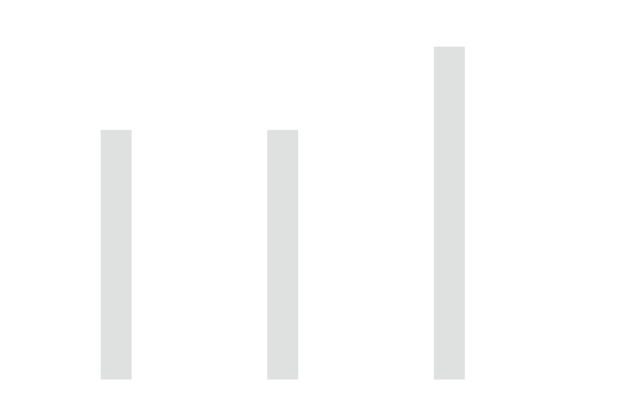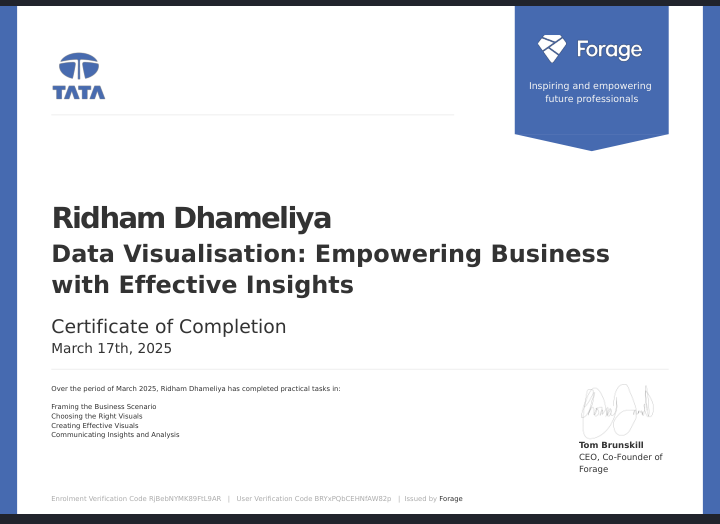Back
SHIV DIXIT
CHAIRMAN - BITEX IND... • 1y
📖 DAILY BOOK SUMMARIES 📖 🔗 DIRECT FREE E-BOOK DOWNLOAD LINK AVAILABLE — https://drive.google.com/file/d/1LPXErYkL3cgFNqSipXDUf5qI-xY8K9m4/view?usp=drivesdk 🔥 Competing on Analytics 🔥 🚀 20 Lessons 👉 ✨ Thomas H. Davenport ✨ 1. What is Competing on Analytics? • Organizations use data and advanced analytics to gain a competitive advantage, driving better decision-making and performance. 2. The Analytical Advantage • Firms that invest in analytics outperform competitors by identifying trends, optimizing operations, and predicting outcomes. 3. The Analytics Maturity Model • Companies evolve through stages: Descriptive (what happened), Diagnostic (why it happened), Predictive (what will happen), and Prescriptive (what to do about it) analytics. 4. Data-Driven Culture • A culture of analytics requires leaders and employees to prioritize data over intuition in decision-making processes. 5. Key Business Areas for Analytics • Analytics can enhance customer relationships, supply chain efficiency, workforce productivity, and financial management. 6. The Role of Leadership • Leaders must champion analytics by aligning strategies, allocating resources, and fostering a data-centric mindset. 7. Building Analytical Capabilities • Develop infrastructure (tools, technology, and platforms) and skills (data scientists, analysts) to support analytics initiatives. 8. Competing Through Differentiation • Use unique analytics insights to differentiate products, services, or processes, creating unmatched value for customers. 9. The Importance of Data Quality • High-quality, accurate, and consistent data is essential for reliable analytics and informed decision-making. 10. Advanced Tools and Techniques • Leverage technologies like machine learning, AI, and big data platforms to scale and deepen analytics capabilities. 11. Customer Analytics • Use data to understand customer behavior, preferences, and needs, enabling personalized experiences and loyalty. 12. Predictive Models for Competitive Edge • Build predictive models to anticipate market trends, optimize pricing, and stay ahead of competitors. 13. The Role of KPIs • Identify and track key performance indicators (KPIs) to measure progress and refine strategies. 14. Analytics and Risk Management • Use data-driven approaches to mitigate risks, predict disruptions, and create contingency plans. 15. Cross-Functional Collaboration • Analytics teams must work closely with marketing, operations, HR, and finance to align insights with business goals. 16. Scaling Analytics Across the Organization • Embed analytics into everyday processes, ensuring insights are accessible and actionable across departments. 17. Monetizing Data • Explore ways to monetize data by offering analytics-driven products or insights as a service.

Replies (1)
More like this
Recommendations from Medial
Sairaj Kadam
Student & Financial ... • 1y
🚀 Demystifying Marketing Part 8: Leveraging Data and Analytics Previously, we covered the significance of maintaining Consistency and Frequency in your marketing efforts. Today, we move on to our final key point: Leveraging Data and Analytics. 8.
See MorePriyanshu Bhati
Hey I am on Medial • 1y
Idea: Developing an software to analyse data within fraction of a sec and gather insights from it Elaboration: 🚀 Transforming Data into Actionable Insights In today's data-driven world, businesses often struggle to unlock the true potential of t
See MoreSai Chetan
Hey I am on Medial • 1y
Smart City Analytics Platform Idea: Create a platform analyzing government data for urban planning. Features: Data integration, predictive analytics, urban planning tools, real-time monitoring, citizen engagement, performance benchmarking. Revenue Mo
See MoreDeepak sethi
AI Tech Innovators • 9m
Howdy Analytics is proud to operate from India, delivering advanced analytics and AI services to the US market. Leveraging India's rapidly growing analytics ecosystem, projected to reach $182 billion by 2028, we specialize in providing innovative sol
See MoreSadiq Ali
Building Bridges, No... • 5m
🚀 Which Data Analysis Tools Do You Use? Data is the new gold, but the right tools make all the difference! Whether you're a Data Scientist, Analyst, or BI Professional, the tools you use shape your insights. Vote below for your go-to tool(s) and dro
See MoreDownload the medial app to read full posts, comements and news.






























